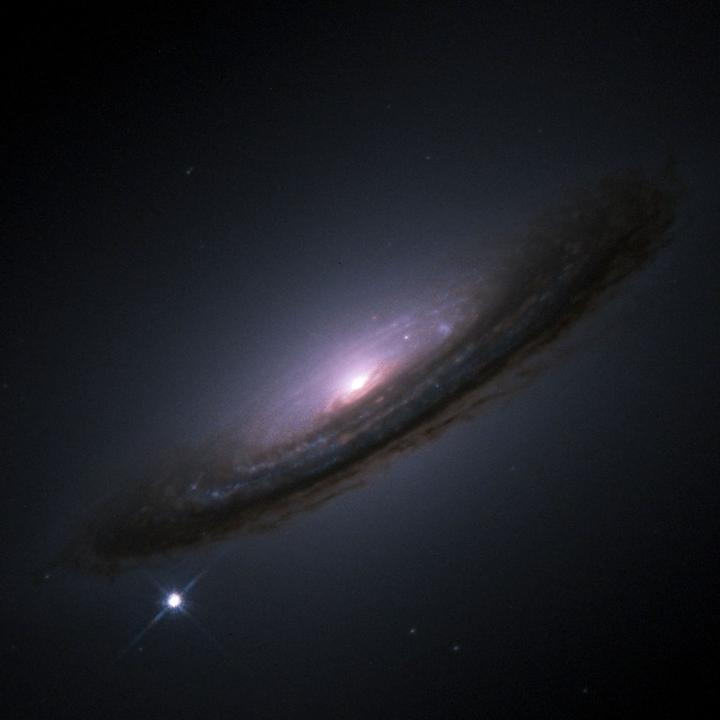On the Hubble Constant Tension in the SNe Ia Pantheon Sample
Maria Giovanna Dainotti,
Biagio De Simone,
Tiziano Schiavone,
Giovanni Montani,
Enrico Rinaldi,
Gaetano Lambiase
May 2021
Abstract
The Hubble constant () tension between Type Ia Supernovae (SNe Ia) and Planck measurements ranges from 4 to 6 . To investigate this tension, we estimate in the CDM and CDM models by dividing the Pantheon sample, the largest compilation of SNe Ia, into 3, 4, 20 and 40 bins. We fit the extracted values with a function mimicking the redshift evolution: , where indicates an evolutionary parameter and at . We set the absolute magnitude of SNe Ia so that , and we fix fiducial values for and . We find that evolves with redshift, showing a slowly decreasing trend, with coefficients consistent with zero only from 1.2 to 2.0 . Although the coefficients are compatible with 0 in 3 , this however may affect cosmological results. We measure locally a variation of in 3 and 4 bins. Extrapolating to , the redshift of the last scattering surface, we obtain values of compatible in 1 with Planck measurements independently of cosmological models and number of bins we investigated. Thus, we have reduced the tension from to for the CDM and CDM models, respectively. If the decreasing trend of is real, it could be due to astrophysical selection effects or to modified gravity.
Publication
The Astrophysical Journal

Research Scientist
My research interests include artificial intelligence and quantum computing applied to particle physics and quantum many-body systems.
 Pictured is the supernova of the type Ia star 1994D, in galaxy NGC 4526. The supernova is the bright spot in the lower left corner of the image. Image credit: ESA/Hubble
Pictured is the supernova of the type Ia star 1994D, in galaxy NGC 4526. The supernova is the bright spot in the lower left corner of the image. Image credit: ESA/Hubble